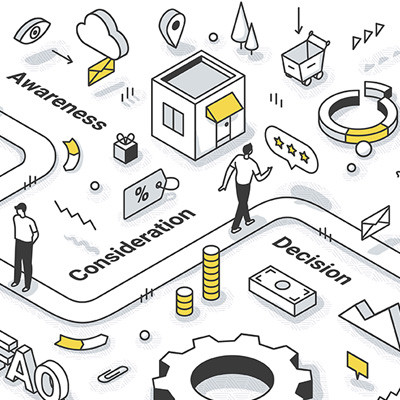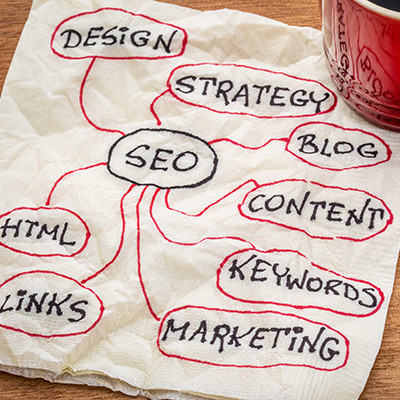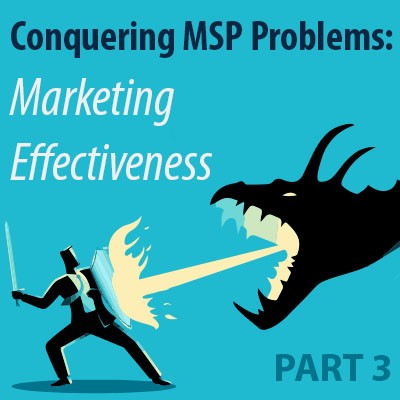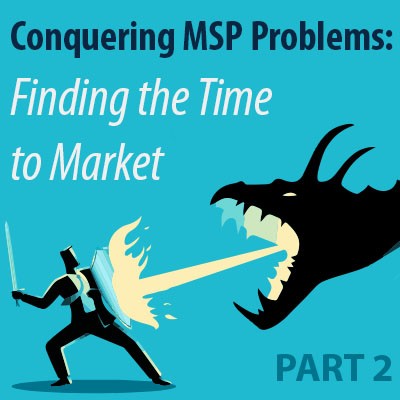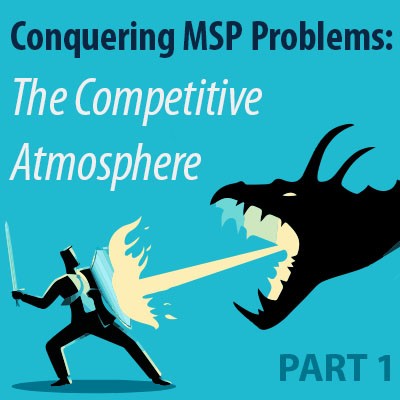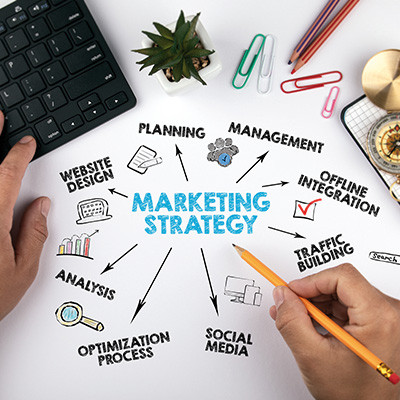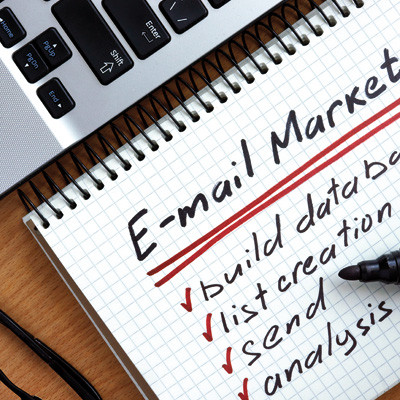When you're struggling to keep your MSP afloat, marketing might feel like a luxury you can't afford. But in today's competitive market, visibility is viability. If prospects can’t find you online or in their inboxes, you simply don’t exist to them. Fortunately, you don’t need a six-figure budget to generate meaningful results. Strategic, time-efficient, and even free tools are available—if you know how to use them effectively, and have a plan.
JoomConnect Blog
We all love a personal touch—the barista who gets your order right, the dentist who asks about your pets. Why not bring that same familiarity to your email marketing?
This is the goal of segmenting your email lists. It enables you to communicate more directly with your contacts and address their specific concerns and needs. Let’s explore what goes into this kind of strategy to maximize the engagement and growth you can see from your own efforts.
Without an understanding of its unique and nuanced client acquisition and retention process, no business—especially a managed IT service provider—is going to find business growth optimally attainable. MSPs especially need to have a structured approach to nurture prospects from the awareness stage of the marketing funnel to become fully-fledged, long-term partners.
One process that greatly helps this endeavor is the use of customer journey mapping.
To develop a strategic marketing approach, it helps to know where your strengths and weaknesses lie and how your opportunities compare to the threats you’ll face. This is the purpose of the SWOT analysis… it allows you to assess your internal and external factors so you can refine and improve your marketing of the managed services you offer.
Let’s explore what goes into a SWOT analysis and how to use it to your advantage, beginning with a breakdown of its most basic parts.
The difference between success and failure isn’t just about how motivated you are. Most of us in the IT industry are very detail oriented, and it’s easy to get tangled up in the small details. Sometimes, getting stuck on the minutiae can really get in the way of launching and succeeding. Let’s talk about some common pitfalls MSPs often get stuck in that prevent them from driving business forward.
To successfully plan a business’ marketing initiatives, you must have a marketing strategy that determines how you’ll pull clients and customers in. This can be difficult for some trying to push their business-to-business services, if they are lacking a structured strategy to guide their efforts as they work to develop their brand. Let’s review some ways to simplify this process as you generate your strategies.
As a managed service provider (MSP), you know the importance of having a solid business plan. It serves as a roadmap for your business, outlining your goals, strategies, and financial projections. A well-crafted business plan can help you secure funding, attract clients, and guide your business toward success.
In this article, we’ll discuss the five essential steps to creating a killer business plan that will set your MSP up for growth and profitability.
There is no one way to market a business. One can take dozens of approaches, each a better or worse choice in a given situation. Different tactics will produce different results depending on your industry, audience, offer, and reputation. However, a strategy focused on compound marketing efforts will—in most cases—be most beneficial to your growth and sustainability.
Let’s examine what compound marketing is and what makes it so effective.
It’s no secret at this point that social media is a useful tool for business marketing, effectively without exception. However, determining which of the available platforms is best for you to use to promote your offering as a managed service provider may be a little more challenging.
Let’s examine the benefits of utilizing social media as an MSP, before examining how each platform can be most effectively used.
2023 is already coming to an end and it’s a crucial time to lock in your plans and objectives for the coming year. The last few years have been a whirlwind for MSPs, and for many, that has been a good thing. With more and more businesses wanting to take compliance seriously thanks to insurance companies starting to ask them questions, to the sudden popularity of AI tools, MSPs have a lot more to add to their toolkit. On top of that, there’s still business communication like VoIP, physical security and access control, and a whole slew of remote/conferencing tools to help the modern business out with. An active, forward-thinking MSP can look like an amazing opportunity to a business owner who values technology and automation.
Let’s talk about how your MSP can capitalize on this and plan out your marketing for 2024.
Any successful marketing effort that a managed service provider—or any business, for that matter—puts out will need to be designed with a few key questions in mind, regarding the content it includes. Who is your content meant to assist? Why is it that this content is important for your intended audience to see? What is it about your content that makes it uniquely helpful?
These questions are a critical element to what is known as a content marketing strategy. Let’s go over what one of these strategies is made up of, and how to use it to its fullest potential.
Since you’re currently reading one of our marketing blogs, it’s more than likely that you’re interested in marketing your company. To do that effectively - that’s a whole other story! Many of our clients have come to us after attempting to market their MSP, but failing. No judgments here - marketing can be quite difficult if you don’t have the experience in doing so.
Businesses of all sizes and all industries recognize at least in part that they need to promote themselves if they want to find new customers and grow their company. However, even if they recognize this, it doesn’t mean it is actually happening.
As an MSP marketing agency, we have gotten to know managed service providers from around the world. Through the many relationships that we have built over the years, we have noticed some common hardships that these businesses experience on a regular basis in relation to their marketing - some of which we even experienced ourselves in the early years of running our own IT company!
It’s possible most of the people you want to know about your managed services probably don’t have a clear understanding of what it is that you do, what makes you different from any other provider of IT services, or what services you offer at all. So, how do you reach out to prospects like these and convince them to become clients?
This is why every business—especially a managed service provider—needs a marketing strategy.
Ever since the first marketing email was sent out over the ARPANET in 1978, the tool has been a cornerstone of many businesses’ marketing strategies, in just about every industry. Managed services are no exception to this rule.
Let’s take a look at some of the strategies and tactics that you should be incorporating into your MSP marketing emails.
In order to effectively market any business—a managed service provider or otherwise—it is important to have a pretty in-depth understanding of the business as it stands. However, this is often easier said than done. That being said, there is a helpful framework you can use to greatly simplify the process and ensure that you accomplish this level of understanding: the five C’s of marketing.
If you haven’t heard of always-on marketing, there’s probably a good reason for that: the term is a relatively new one, and represents something that we really haven’t seen before. Let’s try to explain what it is, and how you can take advantage of it for your benefit as a managed service provider.
Okay, let’s take a moment and address the elephant that’s in the room, and has been in the room ever since the managed service industry really took off. Ready?
Managed services are really, really tough to make interesting—which can have an impact on your marketing efforts and their efficacy. So, let’s take a few moments to consider how to make your marketing more engaging, without detracting from the message you’re trying to convey.



